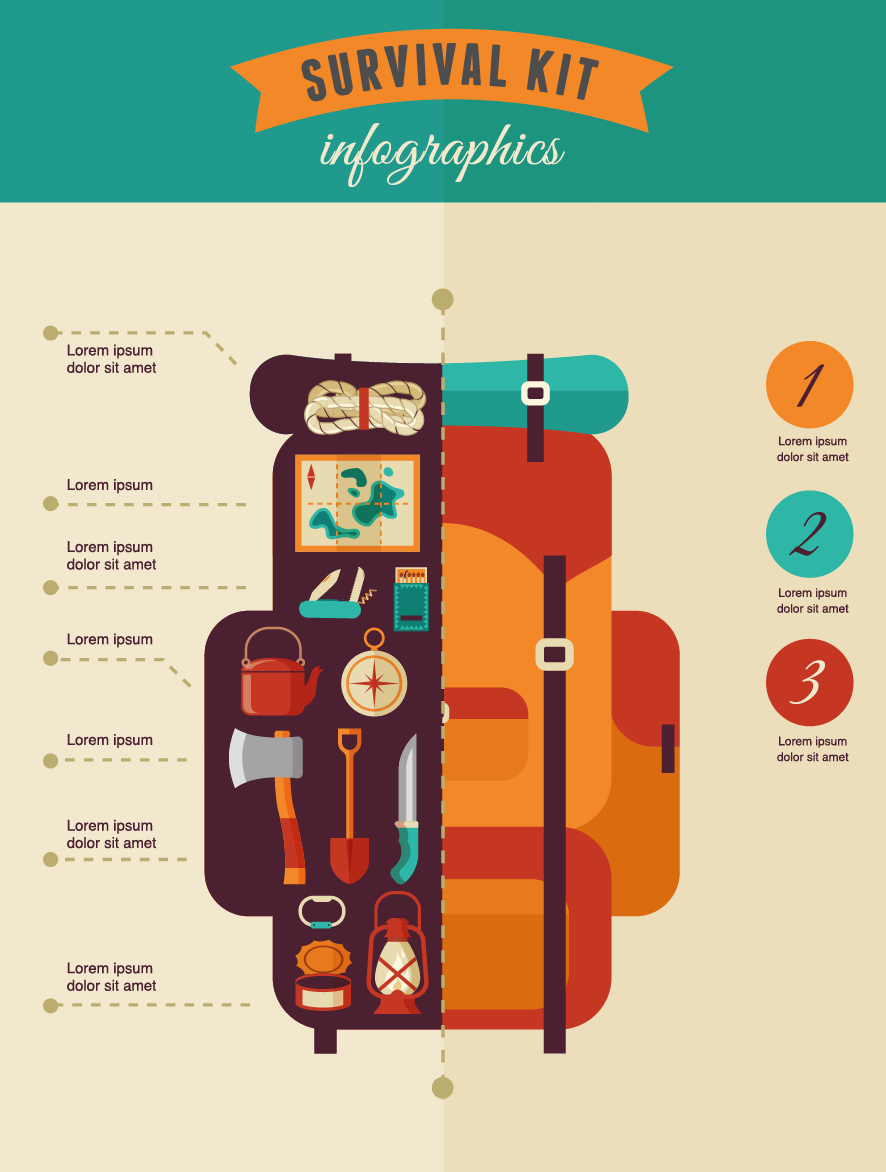Promotion Technique To Sell Camping Tents And Increase Your Profits
Promotion Technique To Sell Camping Tents And Increase Your Profits
Blog Article
Taking Pictures of the Night Skies
A selection of variables can influence evening sky digital photography. From climate condition to upcoming holy occasions, you'll wish to prepare in advance to make sure success.
Is glamping a real thing?
The shutter speed you select identifies whether stars appear as precise pin-points or route throughout the photo. A great general rule is to restrict the direct exposure to 500 seconds, or the equivalent of your lens's focal length.
Location
Among one of the most crucial consider a great photo is where you take it. Aim for locations with marginal light air pollution, and stay clear of areas that have brilliant city lights and high-rise buildings.
Also, try to find a place that supplies foreground components to produce structures with. For example, dune patterns, wind-sculpted ridges and rough outcrops can all supply interesting foreground elements to aid tell the story of your evening skies photo.
It is also handy to research study huge events such as meteor showers and lunar eclipses to make the most of possibilities for wonderful pictures. Using a tool such as the Digital photographer's Ephemeris can be exceptionally beneficial when preparing your shoots. It helps you to establish moon stages, Milky Way position and various other huge events. Additionally, think about shooting in RAW layout as opposed to JPEG as this gives you more adaptability when processing the images. This is specifically true if you intend to print your photos.
Electronic camera Settings
Getting the appropriate cam settings is essential for any kind of photo, yet particularly so for night skies photos. A wide-angle lens is best for recording more of the Milky Way and decreasing star tracks, as well as a much longer shutter speed to quit the motion of stars and expose their details.
For an optimum level of clarity, shoot in RAW layout instead of JPEG, which permits you to protect more information and offers adaptability during post-processing. This can additionally add to submit size, so see to it you have lots of storage space and added memory cards accessible.
Set your emphasis to hands-on concentrating by flipping the AF/MF activate your lens into MF setting. You may require to take a few examination shots and inspect the photo playback on your video camera's LCD display up until you achieve best, pinpoint hands-on focus. It's a great concept to do this during the day with your picked lens and the place you will certainly be shooting at evening, to verify the precision of your focus setup.
Lighting
A good night skies photo needs the right conditions. This consists of a dark sky, yet likewise an intriguing foreground aspect such as a hill on the horizon, a lake to mirror the stars, or a human aspect like a barn or shed. You can also use a headlamp to brighten the foreground and durable tent solutions for events add some drama or deepness to your image.
One of the most vital video camera setups for night sky digital photography are the aperture and shutter speed. The bigger the aperture, the more light that gets to the sensing unit. This allows you to catch bright stars in a reasonably short quantity of time.
The shutter rate identifies whether your celebrities will be pin-point ideal or if they will certainly appear as star tracks due to the Earth's turning. Be sure to take several lengthy direct exposure shots and stack them in post-processing for the best outcomes. Last but not least, shoot in RAW mode to provide on your own optimal latitude in post-processing.
Composition
The secret to stunning celebrity shots isn't a premium telescope, a brand-new wide-angle lens or a high-grade Canon or Nikon cam. It's strategy, planning and structure.
For beginners, look your shoot location in advance to obtain a feel for the format and potential structures. Think about including foreground elements such as rocks, a lake or alpenglow on the landscape to add personality and passion to your images.
Bear in mind the Rule of Thirds when composing your photos. This basic concept aids balance and combine pictures. It's additionally beneficial for concentrating on sights in your image, such as rock features or the Milky Way. Likewise, bear in mind to intend your shoots around moon stages-- capturing at a moon can subdue stars and create a silhouetted form, while firing on evenings with a new moon can aid you see constellations a lot more clearly.
How do you hold a tent down?
